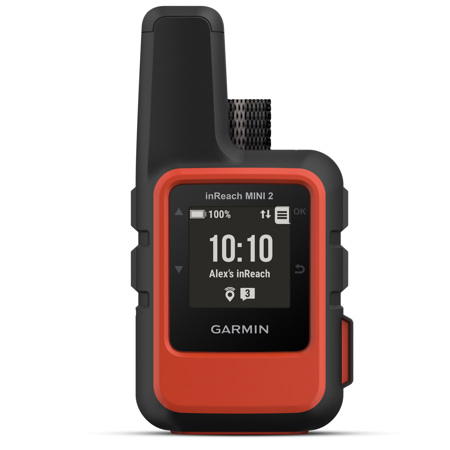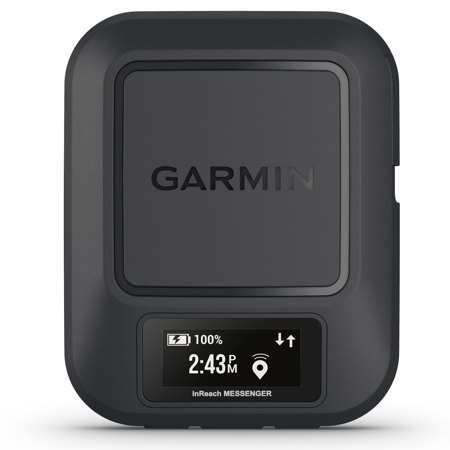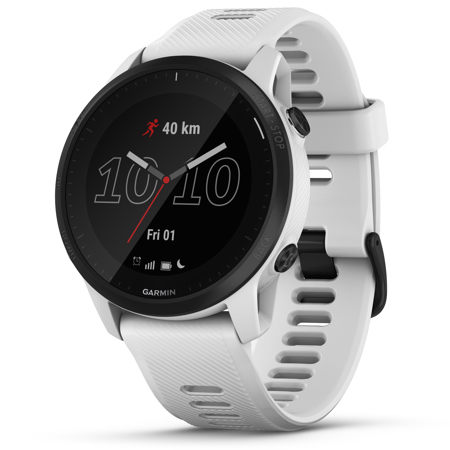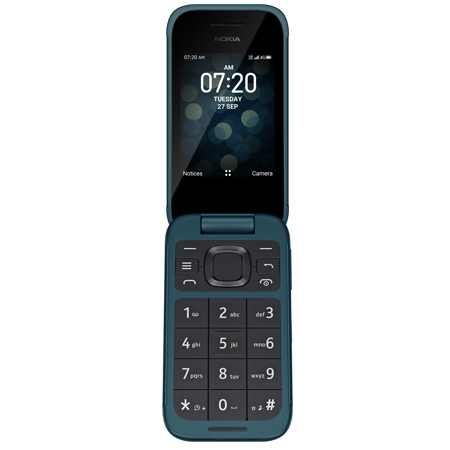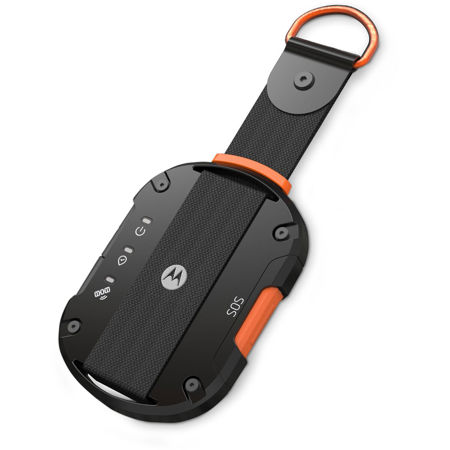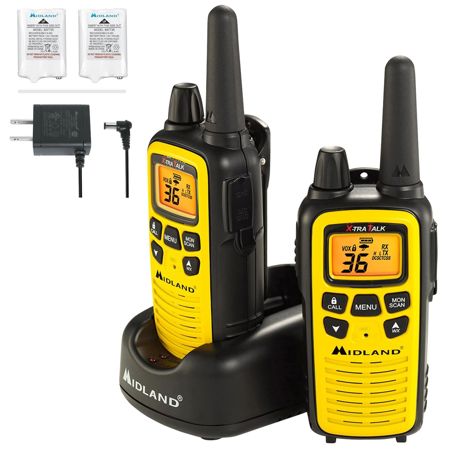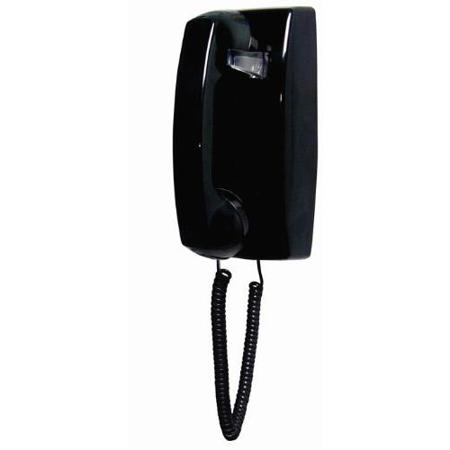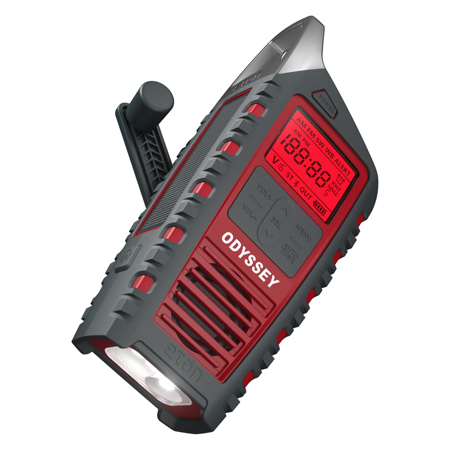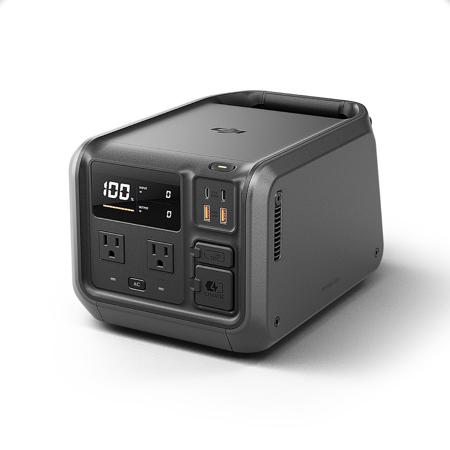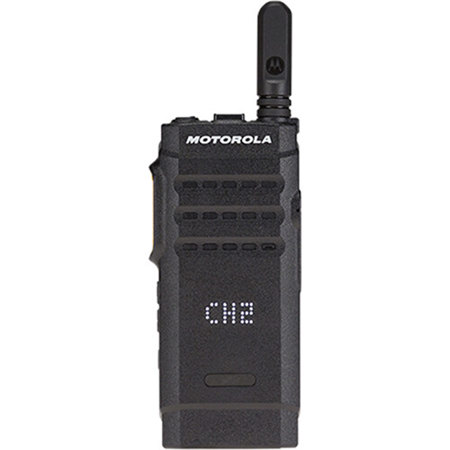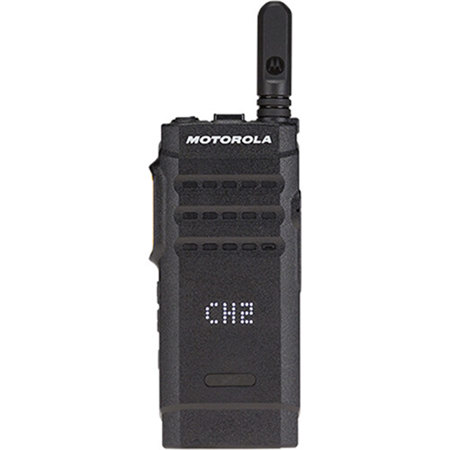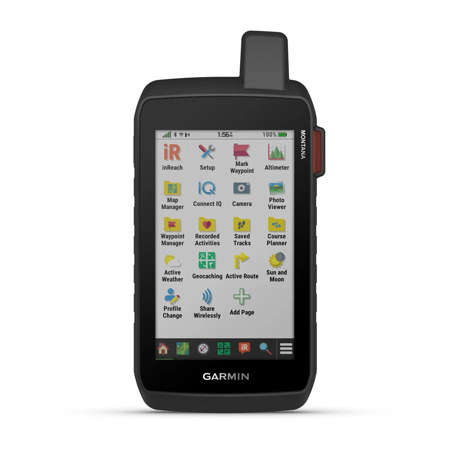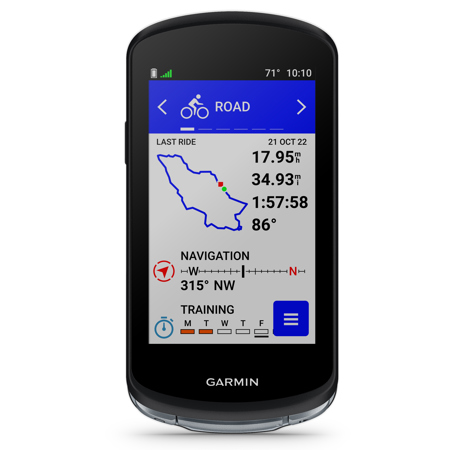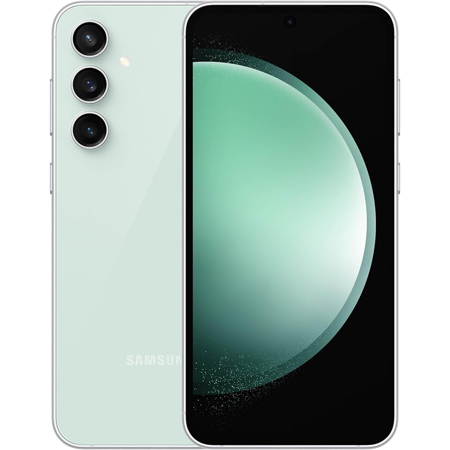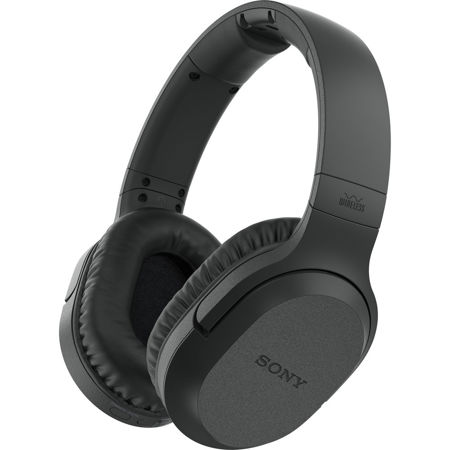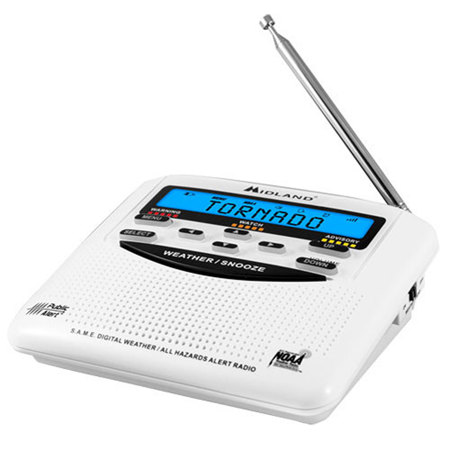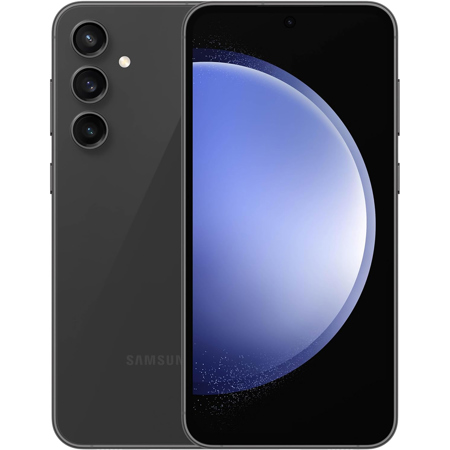Phones For Emergencies
Staying connected during an emergency is more than a matter of convenience—it’s often a lifeline, a critical link to help, reassurance, and information when you need it most. Phones designed specifically for emergencies serve a unique purpose, providing reliable communication when the unexpected strikes. Whether you’re preparing for seasonal storms, planning a long road trip, or simply ensuring peace of mind for a loved one, these phones are a thoughtful and practical investment. As autumn settles in and weather patterns shift, families, outdoor enthusiasts, and caregivers alike turn their attention to preparedness. Emergency phones make an ideal gift for elderly relatives living independently, college students heading off to campus, or anyone who spends time in remote areas where traditional cell service may falter. Imagine the comfort of knowing your child has a dependable way to call for help during a power outage, or the security of having a backup device in your glove compartment as you navigate icy roads and unpredictable fall conditions.
When choosing a phone for emergency use, several features stand out as essential. Battery life tops the list—devices with extended standby times or hand-crank charging options offer reassurance when power sources are scarce. Durability is another key factor; rugged, water-resistant designs can withstand drops, spills, and harsh environments, making them suitable for everything from hiking trips to emergency kits at home. Simplicity often trumps sophistication in these scenarios. Many emergency phones are intentionally stripped down, offering basic calling and texting capabilities without the distractions of apps or complex menus. This makes them accessible for users of all ages, including children and seniors who may struggle with modern smartphones. Some models are equipped with dedicated SOS buttons, enabling users to alert emergency services or pre-selected contacts at the press of a button. Others incorporate built-in flashlights, loud alarms, or location tracking features, adding layers of utility in stressful situations.
Preparedness doesn’t stop with phones alone; pairing your emergency communication plan with other reliable tools can make all the difference when seconds count. For those who venture off the beaten path or live in areas prone to natural disasters, supplementing your gear with backup power banks, waterproof cases, and alternative communication devices is a wise approach. As you assemble your emergency kit this fall, consider adding a weather-resistant bag, extra charging cables, and a printed list of important contacts. And, for situations where cellular networks may be down or overloaded, it’s worth exploring additional resources like Emergency Radios to stay informed and connected. Thoughtful preparation ensures you and your loved ones are ready to face whatever challenges the season brings, with the confidence that comes from having reliable communication at your fingertips.
When choosing a phone for emergency use, several features stand out as essential. Battery life tops the list—devices with extended standby times or hand-crank charging options offer reassurance when power sources are scarce. Durability is another key factor; rugged, water-resistant designs can withstand drops, spills, and harsh environments, making them suitable for everything from hiking trips to emergency kits at home. Simplicity often trumps sophistication in these scenarios. Many emergency phones are intentionally stripped down, offering basic calling and texting capabilities without the distractions of apps or complex menus. This makes them accessible for users of all ages, including children and seniors who may struggle with modern smartphones. Some models are equipped with dedicated SOS buttons, enabling users to alert emergency services or pre-selected contacts at the press of a button. Others incorporate built-in flashlights, loud alarms, or location tracking features, adding layers of utility in stressful situations.
Preparedness doesn’t stop with phones alone; pairing your emergency communication plan with other reliable tools can make all the difference when seconds count. For those who venture off the beaten path or live in areas prone to natural disasters, supplementing your gear with backup power banks, waterproof cases, and alternative communication devices is a wise approach. As you assemble your emergency kit this fall, consider adding a weather-resistant bag, extra charging cables, and a printed list of important contacts. And, for situations where cellular networks may be down or overloaded, it’s worth exploring additional resources like Emergency Radios to stay informed and connected. Thoughtful preparation ensures you and your loved ones are ready to face whatever challenges the season brings, with the confidence that comes from having reliable communication at your fingertips.

